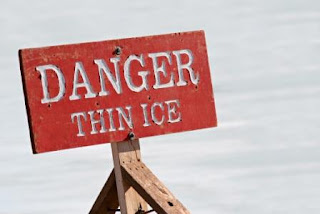Examples of risk categories: Requirements, Benefits, Schedule, Budget, Deliverable, Scope, Issues, Supplier, Accetance, Communication and Resource.
How to consider potential project risks when you are developing project plan? and How to identify project risks?
- Review past record of problems in similar situations - If unexpected occurrence for particular project risks in the past you definitely want to prepare for it this time.
- Brainstorm with experts and related people who has experience - Gathering information through brainstorming session from source of experts will reduce the chances of you overlook important project risks. You can include project manager, project team members, end users, other project managers, stakeholders and risk management expert.
- Be specific - The more specifically you describe your project risks, the better you can assess its potential effect.
Identify project risks is a iterative process because new risk may evolve and become known as the project progresses.
Most teams are subject to constant risk of meeting their objectives. The key to success lies in how you manage risks, by putting in place a clear risk management plan. This process describes the steps taken to mitigate risk as it occurs, helping you to meet your team goals more easily.
Risk management plan template shows you all of the steps you need to take to implement risk management Plan in your organization. By using this risk management plan to monitor and control risk, you can ensure you meet your team objectives. Within this risk management plan, all of the steps need to mitigate risk are described in detail.

No comments:
Post a Comment